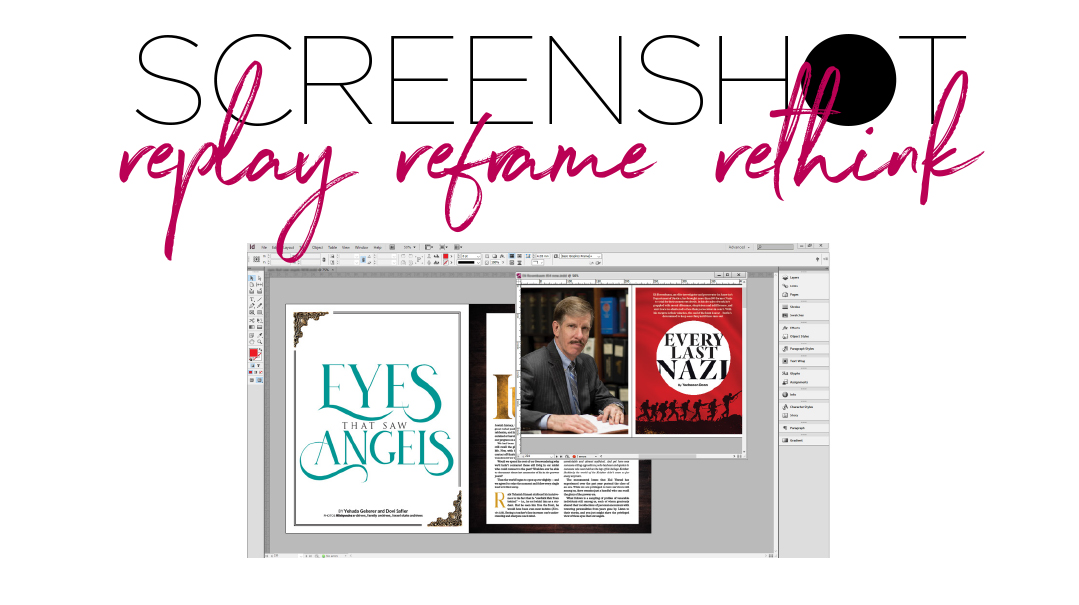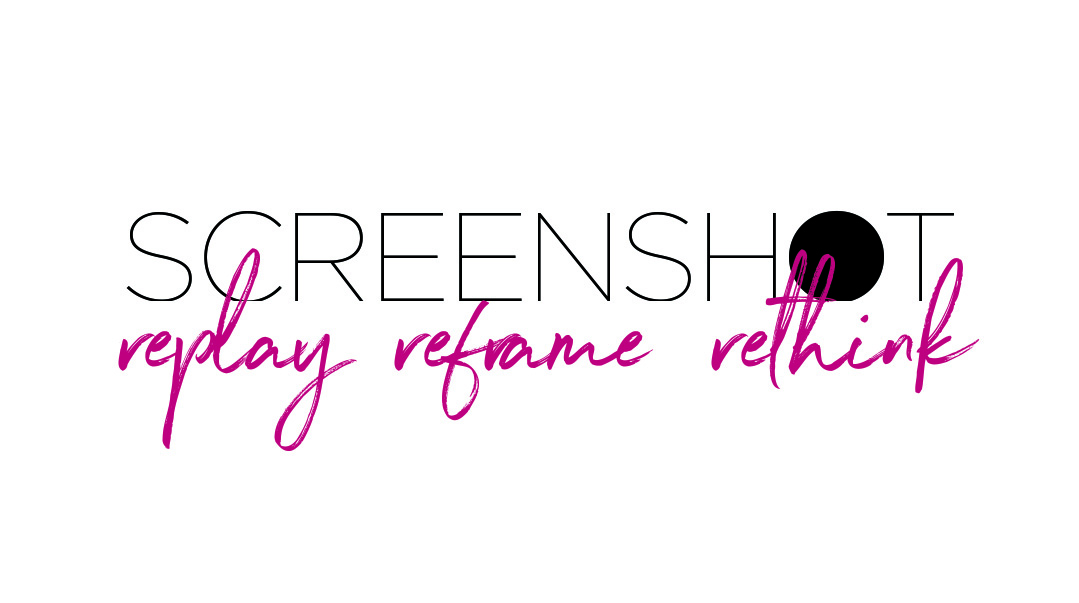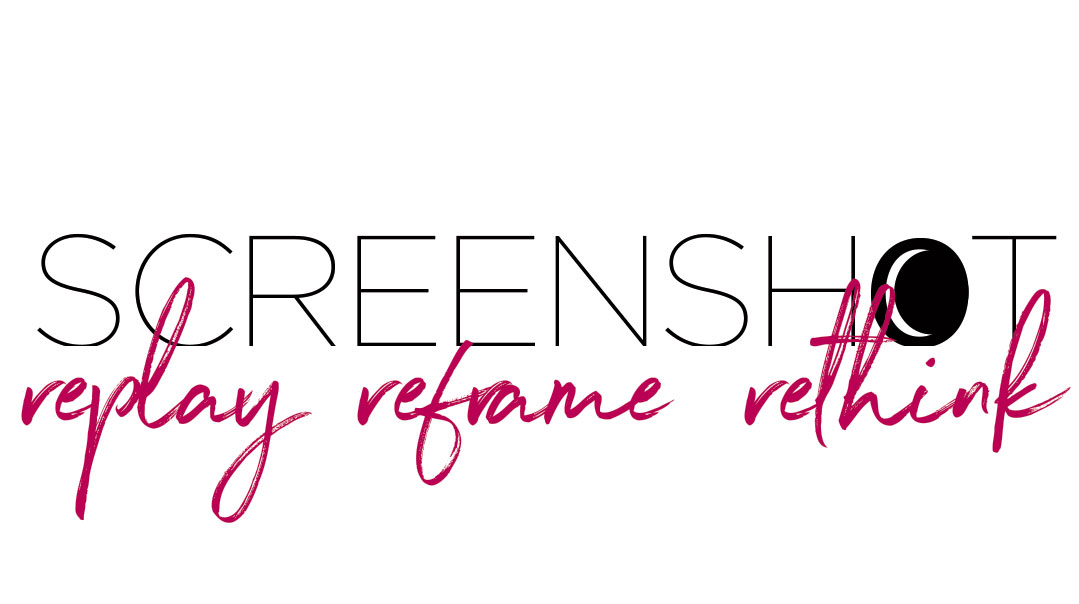Hidden Layers

Why agonizing over images and titles is very connected to what we do

Just before Yom Tov, I sent a PDF to an editor of ours with the following note: “The opening photo on this piece doesn’t match the title. Please pick a new title that will match the image better.”
Yom Tov season is a busy time with lots of work and little sleep. The editor replied: “Can we just leave it? I’m fine with it as is. You’re aiming for a sort of perfection that isn’t connected to what we do at all.”
If I were a psychiatrist, I could probably spend a session or two analyzing the exchange. Maybe I could even write a paper about perfectionism and professionalism, micro-managing and avoidance in the workplace. But I’m no psychiatrist. Instead, I’d like to explain why this agonizing over images and titles is actually very connected to what we do.
When we plan our weekly magazine — and certainly when we plan the Yom Tov editions — we don’t just aim to give you some text to read. We aim for an experience that satisfies on several levels. One of those levels is that meeting point between visual and emotional experience.
This means that before our designers work on a piece, someone will verbalize what the piece is about, what mood it evokes, what purpose it serves inside the bigger package — and then together we’ll tease out how that translates into colors, fonts, images, and style.
The resulting product should provide more than text. Even if readers can’t isolate all the elements that make a page work well, they should feel a certain energy or harmony as they take in the combination of tones, characters, and colors interacting with the meaning of the text before their eyes.
Someone with an understanding of tailoring, fabric, and pattern-making won’t just say “what a nice suit.” They will understand how the nap and weave of the fabric are complemented by the cut. They will intuit the relationship between lapel width and collar style. They’ll notice the undertones and angles, the material and method. (Someone who doesn’t have that knowledge will still enjoy a quality suit — even if they can’t isolate why, they will know that it looks and feels so right.)
A person with a deep understanding of music won’t just say “what a nice song.” They hear specific instruments and a specific style. They note the tempo, the tones, and the types of vocals. They thrill at that bass or French horn and notice the creative harmony. They’re hearing the same song as everyone else, but they’re also hearing so many decisions that went into creating it.
The same is true for a practiced cook detecting flavors and textures and cooking method as they taste a new dish, and it’s true for any expert in any field. The final convergence of all those decisions, all those layers, is available to all. But it takes an expert to pick apart and point out the layers beneath.
On our end, we do our best to make sure every layer is chosen carefully and placed properly. We think about fonts and the moods they convey, and we put real time and thought into small details like photo captions. We discuss color palettes, we talk about how formal or fun the page should feel, and we contemplate “airing out” or “chunking up” the text. Because even if the result is subliminal, even if you can’t pinpoint why or how this story seems to be calling you, we have a feeling that you can sense the results.
—Shoshana Friedman, Managing Editor
Originally featured in Mishpacha, Issue 856.
Oops! We could not locate your form.



